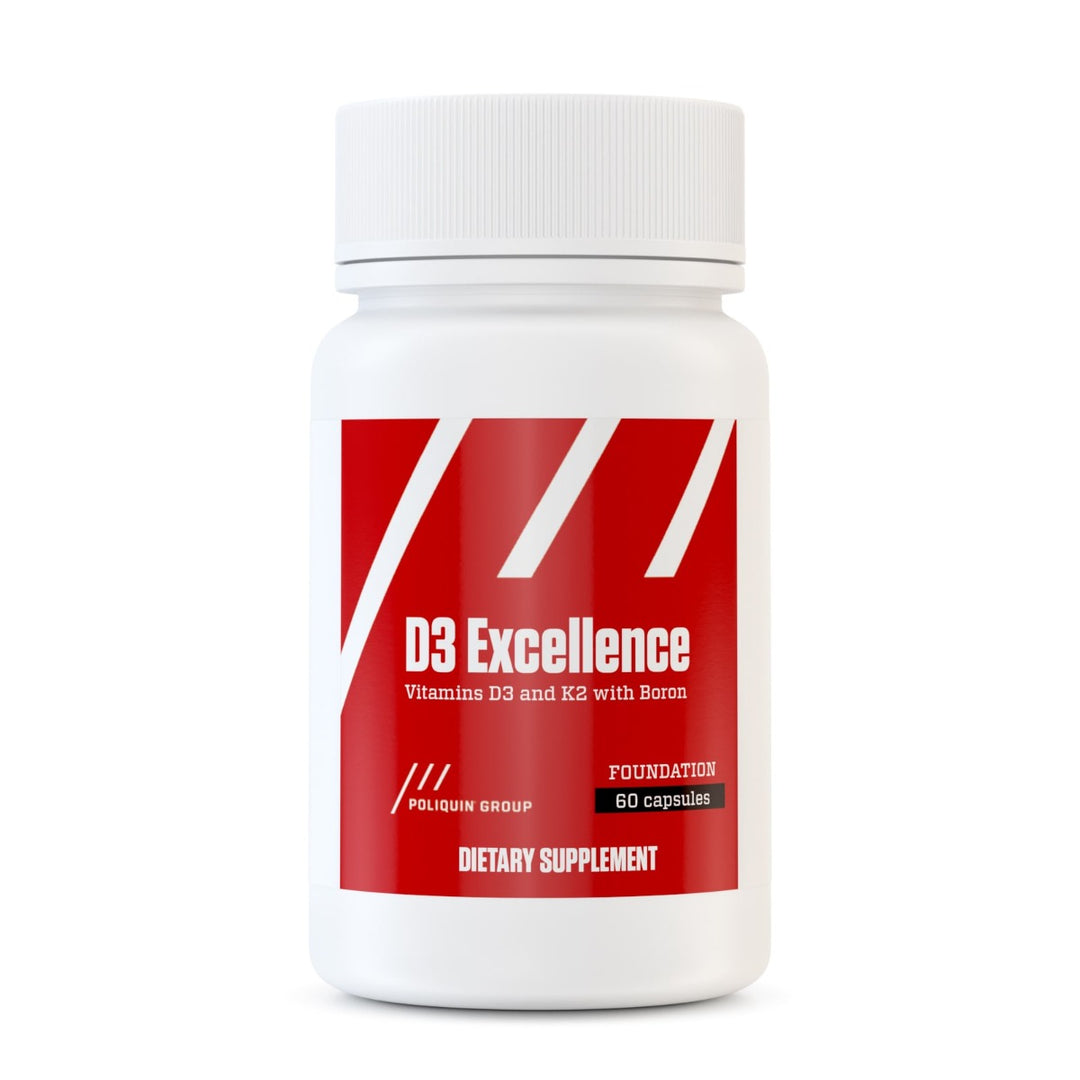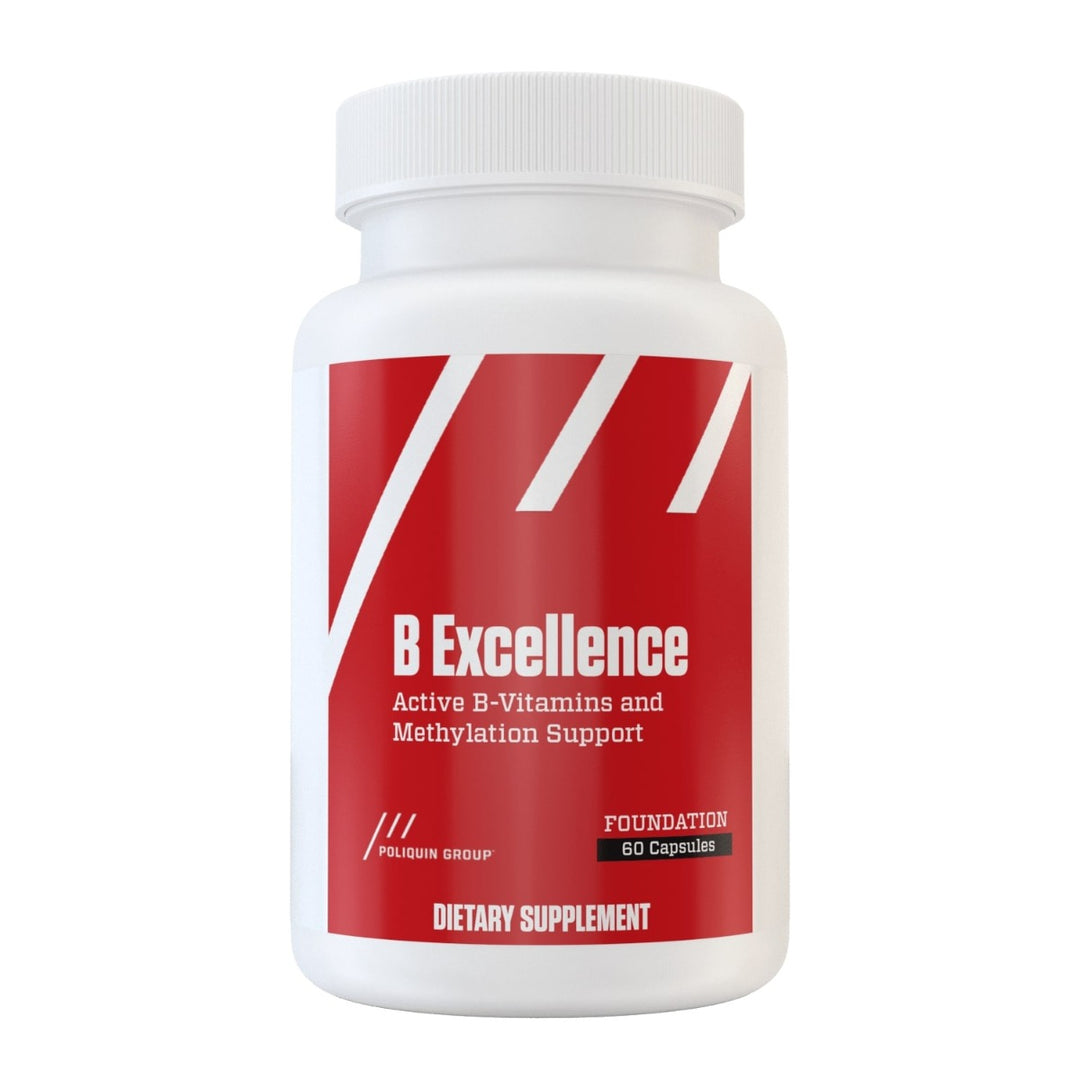The Truth About Cardio For Fat Loss
“Cardio makes you fat.”
This is a common belief in the hardcore training world, but the truth is that it is all in your definition of “cardio.”
Fat loss is easy if you know how your body uses energy and how to exploit it: Enter intervals.
Interval training is a powerful tool that gives you back considerably more in terms of fat loss than the effort required.
Steady-state cardio on the other hand is unlikely to give you good results unless you become a cardio junkie, continually increasing your distance, increasing your intensity, or decreasing the amount of food you eat—all options that are way more trouble than they’re worth.
This article will reveal how to use interval training so that you burn fat at a high rate, thereby producing fat loss and muscle gain in the most efficient way. Workouts are included.
The first section on energy pathways is important and we’ve tried to provide relevant points for you to be able to design a gazillion different workouts. It’s a little bit sciencey, but don’t give up on us here!
The three pathways that your body uses to produce ATP, which is the stuff we use for energy, are described as follows:
1) The Explosive Force, ATP-CP system
What it burns: Creatine that is stored in muscle, which is turned into ATP
Does it hurt? No, the sensation of muscle pain and lack of oxygen overtakes you once the CP system is exhausted and the glycolytic system (#2) kicks in.
Sample activities: Vertical jump, power clean or snatch, 40-yard dash
How it works: You need to lift an air conditioner off the ground, do a max single deadlift, or run a 40?
Boom, the ATP-CP system kicks in. But, it’s exhausted quickly because only a limited amount of creatine and ATP can be stored in muscle.
How to train it: Heavy strength training, short sprints, and strongman exercises
Why to train it: It’s fun, fast, and makes you feel powerful.
Relevant for fat loss? Yes, but not as a primary focus. This system burns creatine, not carbohydrate or fat. The beauty of this system is it makes you stronger, and having an efficient ATP-CP system increases your work capacity. Simply, fat loss workouts will “feel” easier if you have a finely tuned ATP-CP system.
2) Anaerobic “Lactic Acid” Glycolytic System
What it burns: Carbohydrate is metabolized from blood sugar or muscle glycogen to produce 2 molecules of ATP. The byproduct pyruvate is formed, which has one of two fates.
If you’re training at such a high intensity that there is a lack of oxygen (anaerobic intensity), pyruvate is converted to lactate, which leads to the buildup of metabolic waste products.
There is an increase in hydrogen ions and other metabolites, which causes the muscle pH to decrease. Acidosis occurs (not dangerous, just painful), and the muscle loses its strength capacity. Your exercise intensity decreases.
On the other hand, if you’re training more moderately and you’re able to get enough oxygen to the muscles, pyruvate is turned into acetyl coenzyme A, which gets used to make even more ATP so that you can sustain your exercise intensity. This is part of the aerobic system, which will be covered in #3.
Does it hurt? Yes, the anaerobic glycolytic system is particularly challenging to push through, but it’s critical to train this system if you want to lose fat fast and have a high-efficiency body.
The muscle pain or “burning” that comes with this type of exercise is a result of the hydrogen ion buildup. Training this system will increase your body’s ability to buffer, or dispose of, these waste products so you can keep going.
Sample activities: Strength training (both high-intensity and hypertrophy-style training), sprinting (200 to 600 meters), and combat sports such as boxing and wrestling.
How it works: You’re running a 400 meters, need to do a certain number of deadlifts and chin-ups for time, or do a shuttle run?
Once the ATP-CP system konks out, the glycolytic system takes over, sustaining your intensity for another 60 to 110 seconds.
How to train it: Intervals, high-intensity strength training, strongman exercises such as sled work, tire flips, and running stairs or hills.
Why to train it: Fat loss. Muscle. A bangin’ body.
Training this system saves time (workouts take less than 30 minutes and are often in the 20 minute range), and it produces a metabolic disturbance, burning large amounts of calories during and after your workout.
Training this way also improves the body’s ability to shift between the lactic acid, carb-burning system and the aerobic fat burning system that we’ll talk about in #3.
Relevant for fat loss? Yes! It’s been said that the true power of exercise for producing fat loss is in its ability to build lean mass because it increases your total net calorie burn over the course of a day.
The calories you burn during the workout are the icing on the cake. Faster physique results will come from both interval and weight workouts that train this system to sustain strength and provide training variety.
3) The Oxidative Aerobic System
What it burns: Both carbohydrates and fat.
At higher intensities, such as when you do longer duration intervals of 2 to 5 minutes, the aerobic glycolytic system takes over, which was mentioned in #2.
This is when pyruvate is turned into acetyl coenzyme A, and then used to make a larger amount of ATP (36 ATP are generated out of only one glucose molecule compared to only 2 ATP being made during anaerobic glycolysis).
At lower intensities, or when glucose is absent, stored fat gets burned for energy. Fat is called “triglycerides” when it’s being stored on your body. Triglycerides are broken down to fatty acids, which are used to produce acetyl coenzyme A and then ATP.
The benefit of this energy system is that depending on the type of fatty acid being used, you get way more ATP. For example, the fatty acid palmitate produces 129 molecules of ATP.
Does it hurt? Not too much. If you’re out of shape, you’ll experience more discomfort than if you were well trained for at least two reasons:
It takes time for this energy producing system to kick in to produce energy, but once it’s going it’s highly sustainable. That lag time isn’t enjoyable because you’re in oxygen debt but once it’s cranking, it’s not too bad.
Most bothersome, this type of exercise is boring due to the repetitive, seemingly never-ending nature of workouts.
Sample activities: Running, longer duration intervals, cycling, walking, hiking, and some team sports such as soccer.
How it works: This is your slow burning energy source—not too exciting like ATP-CP explosive energy, but reliable and sustainable.
The oxidative aerobic system provides energy for a range of low to moderate intensities. It’s functioning at rest, when your sitting on the couch, working at your desk, going for a walk, on a 5 mile hike, running a 5k or a marathon, or doing high-rep muscular endurance lifting.
At lower intensities, this system is burning mostly fat, but at higher intensities it burns both carbs and fat.
How to train it: There are numerous ways to train the aerobic system but the most effective methods is with longer intervals (see the workout section) and higher rep weight training to failure.
Why to train it: It contributes to fat loss and when intervals are performed, it can save you training time. It can also aid recovery from muscle-damaging strength workouts that make you sore.
Relevant for fat loss? Sort of.
Your average person off the street will do the typical steady-state cardio that is not ideal for fat loss for two reasons:
Steady-state training makes the body as efficient as possible so that you will use the least amount of oxygen and energy to perform the greatest amount of work. It’s very metabolically efficient, which is not our goal when you want to lose fat or build muscle.
Second, low-intensity aerobic training such as walking leads to the loss of lean muscle mass over time so that your resting metabolic rate goes down and you burn fewer calories.
However, if you train longer interval repeats with very short rest periods that don’t allow for full recovery, you can produce a significant metabolic disturbance.
This can also deplete stored glycogen, which can aid with fat loss since any carbs you eat after such workouts will replenish the muscle stores rather than be turned to fat.
The Workouts
ATP-CP Training:
- Short sprint workouts of 8 sprints for 5 to 10 seconds (40 to 80 yards) at top speed. Do 2 to 3 sets, with 5 minutes rest between sets.
- Explosive workouts: Olympic lifting or box jumping.
- Weight workouts: Near maximum lifts for 1 to 3 reps with 3 to 5 minutes rest between sets. Deadlifts, squats, bench press, and chin-ups are good examples.
Anaerobic Glycolytic Training:
- Cycle sprints of 8-seconds all-out and 12-seconds rest repeated 60 times for a total of 20 minutes (ideal for beginners).
- Short sprint workouts of 8 to 10 reps of 200 meters (30 seconds all-out) with 1-minute active recovery.
- Longer sprint workouts of 4 to 6 reps of 1:30 fast with 3-minutes active recovery.
- Wingate sprints on a cycle ergometer of 4 to 6 reps of 30-seconds all-out with 3 to 4 minutes recovery.
- Descending sprints of 400, 300, 200, 100 meters with 4-minutes rest after the first sprint, 3 minutes after the second, and 2 minutes after the third. Then rest 4 minutes and repeat.
- Circuit training with 10 reps per set and 10-second rest between exercises for a total of 25 to 30 minutes. For example, do squats, deadlifts , chest press, and pull down with 75 percent of the 1RM for 3 to 4 sets each.
- Tabata intervals in which you pick loaded or body weight exercises (depending on your conditioning) and do 20 seconds of work followed by 10-seconds rest for 4 rounds (4 minutes).
- Combat workouts: Four, 35-second all-out sprints with 10-seconds rest. Rest for 3 to 4 minutes between sets and repeat 3 or 4 times.
Oxidative Aerobic Training:
- Intervals of 5 X 3 minutes at 100 percent of maximum heart rate with 3-minutes active recovery.
- Varied longer intervals: You have some freedom here, but you’re generally going to have a 1:1 work-to-rest ratio with longer intervals.
- Tempo runs that require 1 to 3 minute bursts above lactate threshold, with the regular pace right below lactate intensity for 20 to 40 minutes.
- Long intervals of 2 to 5 repeats of 8 to 15 minute medium effort, resting 4 to 6 minutes between reps.
- Weight training: High rep training to failure with 15 to 30 reps per set. Use multi-joint exercises such as squats, deadlifts, chin-ups or pull down, chest press, overhead press, and step-ups.
Final Issues: How much fat can you expect to lose by training the energy systems for 3 months with a combination of weights and intervals?
Studies suggest that for novices, sprint training can elicit 2 to 5 kg of fat loss. Trained individuals can hope for 2 kg of fat loss.
Of course, you can’t train your way out of a bad diet, meaning results will be close to nil if you’re eating poorly.
Be aware that the one possible drawback to interval training is that it’s mentally challenging. Yes, there is pain.
Just remember that it’s temporary—and it’s short! You’ve got a whole boatload of protocols to choose from that vary in length from 4 to 25 minutes.
Energy system training makes you push your limits and reach goals you never thought possible. Use it to find out who you really are (and what you should really look like on the outside!) not just who you think you are.











